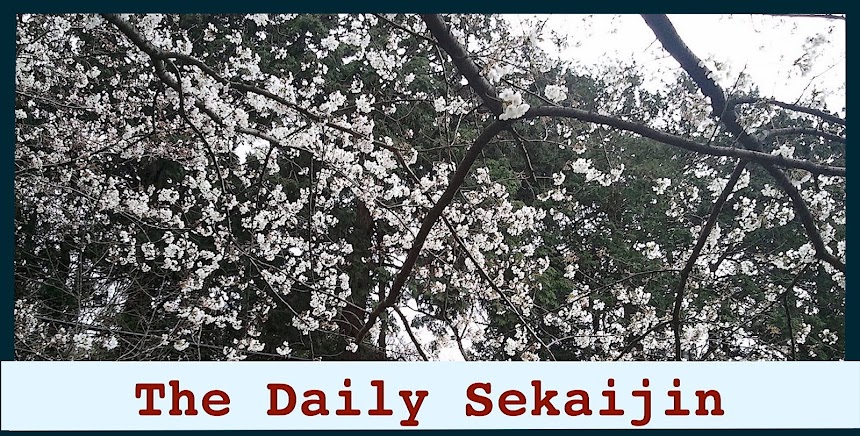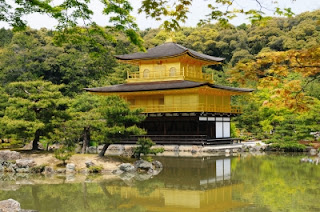Hello again!
Why was the crime found? Since, a girl saw one of them set bomb. She told it to her mother and she told it to hotelman. He called police man during terrorists had a dinner. Police man checked it was bomb. They checked the surveillance camera but did not be careful around them so they were caught.
Wow! Now check these ones out from this image below. This one inspired some interesting impressions. Here's the first:
How are you? Here is a second part to your great collection of writing on places, Places & Traces.
The picture you see at the top is a personal one of mine that I never showed you before, but perhaps would inspire some interesting feelings. What would you have thought of it? Perhaps I should use this for our next group of Super A students from April of next year! What do you think?
I
think this place was the USA, but a bad thing happened in there. This building
was the most famous hotel in the USA. A lot of people stayed here and enjoyed
many activities around there but this hotel became a target of terrorists!! One
day bombing happened at there!!
It
was the fine daytime of one day. Five men checked in this hotel. They looked
kind, strong and around 30. They opened their trunks in their room. You think
there were some goods to stay, but some bombs in there!! They took a walk
inside of the hotel till the time of dinner. However, in fact, they went to set
bombs. These were time bombs so they set time after they leave there.
Next
day, they prepared to leave there. The interphone of the room rang before 30
minutes they left. One of them opened the door, there was a police man. He said
that I arrest you. They arrested after all.
Why was the crime found? Since, a girl saw one of them set bomb. She told it to her mother and she told it to hotelman. He called police man during terrorists had a dinner. Police man checked it was bomb. They checked the surveillance camera but did not be careful around them so they were caught.
Wow! Now check these ones out from this image below. This one inspired some interesting impressions. Here's the first:
There was a couple, Jimmy and Carole. Jimmy used to play a guitar
in his early life. He was very passionate about the music. Carole used to take piano
lessons when she was in elementary school. She hated the instructor so she
stopped going to the piano lessons, but she still loved the sound of piano.
When she enters high school, she saw a guy with a nice curly dark brown hair,
sitting by the corner. He took his American Spirits cigarette out of his
pocket, and sensed someone gazing at him.
That was their first time meeting each other. They got attached as long as they got to know each other. They went out for couple years. One day in the summer, Jimmy found out that there will be a big music festival in the autumn. He took Carole to the festival. The festival was packed with a many people. The festival lasted a week. Everyone got so tired, but Jimmy was not tired. Actually he was very nervous, because he had a plan to propose her on the last day. The last day of the festival came. Jimmy woke Carole before the sunrise to propose. He kneed down, held hands, asked her, “Carole, will you marry me?” She said “Yes.” They hugged and kissed each other in the warming sunrise. It was that moment when the camera shutter closed.
That was their first time meeting each other. They got attached as long as they got to know each other. They went out for couple years. One day in the summer, Jimmy found out that there will be a big music festival in the autumn. He took Carole to the festival. The festival was packed with a many people. The festival lasted a week. Everyone got so tired, but Jimmy was not tired. Actually he was very nervous, because he had a plan to propose her on the last day. The last day of the festival came. Jimmy woke Carole before the sunrise to propose. He kneed down, held hands, asked her, “Carole, will you marry me?” She said “Yes.” They hugged and kissed each other in the warming sunrise. It was that moment when the camera shutter closed.
Now that's a story. Quite moving! Here's another on the same image - check it out after the page break:



























